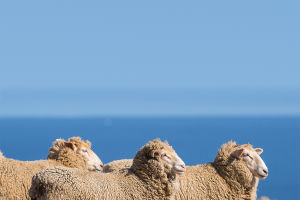With the advancement of the technology of the times, the textile machine has gradually given way to the convenience of machines, so it is very urgent to understand the knowledge of the textile machine.
First of all: The textile machine is divided into two types according to the machine type: shuttle loom and shuttleless loom
Shuttle looms: cotton looms, wool looms, silk looms, linen looms, towel looms, leno looms, plush looms, hose looms, sack looms, metal mesh looms, etc.
Shuttleless Loom: Rapier Loom.
Secondly: Textile machines are divided into knitting machines and weaving machines according to the type of process.
A knitting machine is divided into a warp knitting machine, a weft knitting machine, and a circular knitting machine (single-sided or double-sided); weaving is divided into a water jet loom and an air jet loom.
A traditional loom has a frame similar to a traditional wooden bed. One end is a head (thread column) full of warp threads. There are six fins at both ends of the head, which can be controlled to rotate the head.
A vertical frame is installed not far from the machine head, and its function is to pull down the two ropes through the upper horizontal wooden bar.
The two pedals are connected by a lead rope, and when you step on the pedals, in turn, the yarn will be divided into high and low, and the warp threads that evenly pass through the thin eyes are divided into two layers. Staggered, and then squeezed by the machine to form a cloth.
The weaving of coarse cloth is all manual, and the process is very complicated. In the early stage, the processes of ginning, springing, spinning, winding, sizing, warp, and brushing are not counted.
Just weaving has to go through making and breaking, crane, tying cloth, weaving, and more than a dozen processes.
There are various ways of weft insertion for shuttleless looms, including the following ways.
1. Rapier Loom
It is characterized by easy color changing, is suitable for multi-color weft fabrics, and is suitable for the production of yarn-dyed, double-layer fleece fabrics, terry fabrics, and decorative fabrics.
2. Air jet loom
It is characterized by high speed and high labor productivity and is suitable for the production of plain and textured fabrics, fine and extra-high-density fabrics and fabrics in large batches.
3. Water jet loom
It has the characteristics of high speed and high unit output and is mainly suitable for the production of hydrophobic filament chemical fiber fabrics with smooth surfaces.
4. Gripper loom
It has the advantages of stable weft insertion, excellent fabric quality, and few weft threads. It is suitable for the production of multi-color weft fabrics, fine and thick fabrics, and wide fabrics.
There are various types of shuttleless looms, and the relevant personnel should use different weaving equipment and processes according to the different textile raw materials during operation, which is conducive to improving the quality of textiles.


